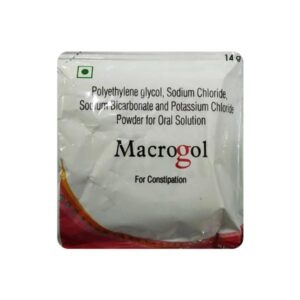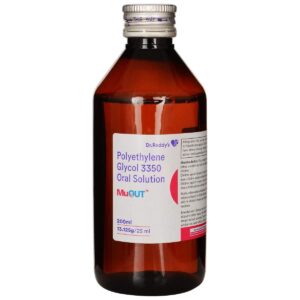POLYETHYENE GLYCOL 3350
POLYETHYENE GLYCOL 3350: Polyethylene glycol 3350 (PEG 3350) is a medication commonly used as a laxative to treat occasional constipation. It is available both over-the-counter and by prescription.
Mechanism of Action:
PEG 3350 works by increasing the water content in the stool, which helps in softening the stool and promoting easier bowel movements. Unlike other laxatives, it does not stimulate the bowel muscles or irritate the intestinal lining.
Use:
PEG 3350 is primarily used to relieve constipation. It can also be used to empty the bowel before certain medical procedures, such as colonoscopy or surgery.
Dose:
The dosage of PEG 3350 can vary depending on the specific brand or formulation. It is typically taken orally, mixed with water or a beverage of choice, and can be taken with or without food. The usual recommended dose for adults and children over 12 years old is 17 grams (one heaping tablespoon) dissolved in 8 ounces of liquid, taken once daily. However, it is important to follow the instructions provided by the healthcare professional or listed on the product label.
Side Effects:
Common side effects of PEG 3350 may include bloating, gas, stomach cramps, nausea, and diarrhea. These effects are usually mild and temporary. However, if severe or persistent side effects occur, it is important to consult a healthcare professional. Allergic reactions to PEG 3350 are rare but possible. Signs of an allergic reaction may include rash, itching, swelling, severe dizziness, or difficulty breathing. Immediate medical attention should be sought if any of these symptoms occur.
It is important to note that PEG 3350 is generally considered safe for short-term use. However, long-term or excessive use without medical supervision is not recommended. It is advisable to consult a healthcare professional before starting any new medication.



